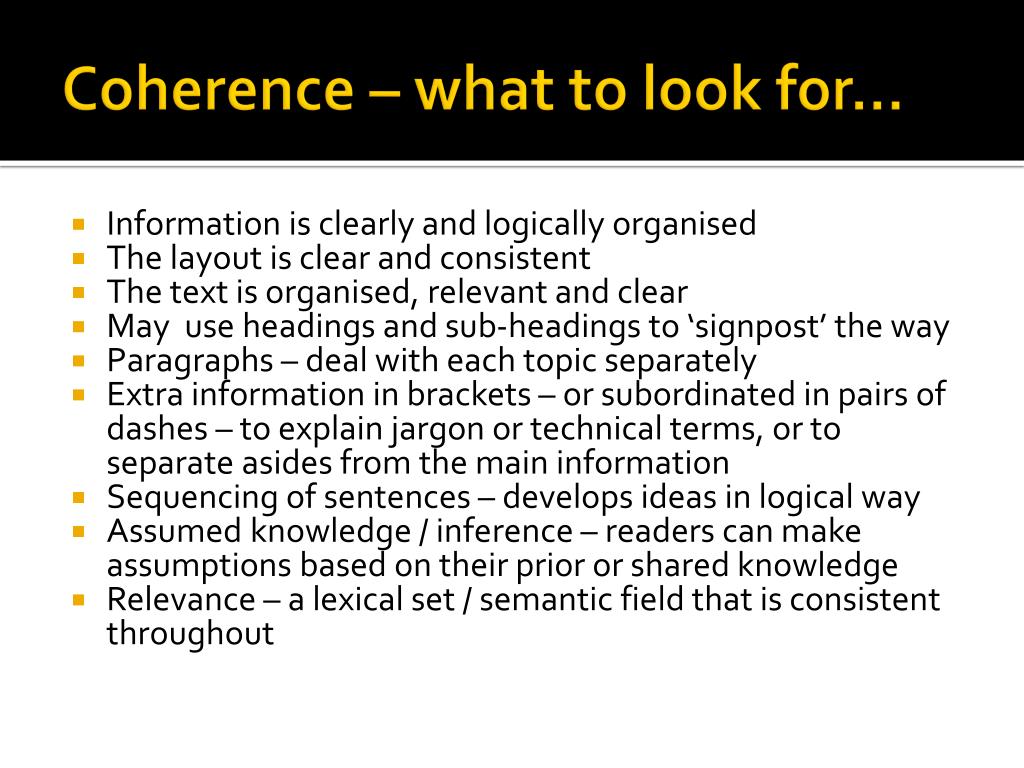

These types of failures to establish coherence across clauses are well documented in the language output of some schizophrenia patients ( Schneider 1959 Andreasen 1979). It is clear that, although the patient starts to answer the interviewer’s question, he/she quickly goes off on a tangent and the relationship between the ideas across the individual clauses is illogical. There is not all that much to do otherwise.” This is a transcript of a conversation with a patient with schizophrenia. I keep a watch for the arbiters most of the time since it is just round the corner. Interviewer: “How have you been feeling today?” Patient: “Well, in myself I have been okay what with the prices in the shops being what they are and my flat is just round the corner. The coherence of language output in schizophrenia (Mechanisms by which meaning is built within clauses in schizophrenia by assigning syntactic and thematic relationships are discussed elsewhere, see Kuperberg, Ditman, Kreher, & Goldberg, in press Kuperberg, Kreher, & Ditman, in press.) We discuss these studies with reference to a relevant literature in healthy adults which addresses the cognitive mechanisms by which coherence links are established across clause boundaries, thus providing a framework that may guide future research in this area. This review focuses on the few studies that have explored integrative processes across individual clauses in schizophrenia, and their interactions with lexical and associative processes. Determining which of these integrative mechanisms are spared and which are impaired is essential for understanding how thought and communication break down in schizophrenia. Building a gestalt meaning through language requires us not only to match input with prior-stored associations, but also to combine words together (through syntactic and semantic mechanisms) in order to construct the meaning of individual clauses (Chomsky, 1980 Jackendoff, 2002), and then to integrate such clauses together to form a mental model (or ‘situation model’) ( Johnson-Laird, 1983 van Dijk & Kintsch, 1983 Zwaan & Radvansky, 1998). This is because they have generally been considered in isolation of one another and outside psycholinguistic models of normal language processing. There is also evidence that both severity of thought disorder and referential communication impairments (discussed further below) correlate with poor performance on various neuropsychological tasks indexing attention ( Docherty, Hawkins, Hoffman, Quinlan, Rakfeldt, & Sledge, 1996 Docherty, 2005), distractibility ( Hotchkiss & Harvey, 1990 Docherty & Gordinier, 1999), working memory ( Kerns, 2007 Docherty & Gordinier, 1999 Docherty, 2005) and other executive functions ( Kerns & Berenbaum, 2002).Īlone, however, these two approaches may be too limited.

There is evidence that schizophrenia patients show abnormal semantic memory function as indexed using several different tasks and paradigms (for a review, see Kuperberg, Ditman, Kreher, & Goldberg, in press). Both of these approaches have yielded valuable information. The second seeks to link impairments at the sentence and discourse levels with more general working memory or executive dysfunction.

The first, inspired by observations that some patients produce strings of semantic associations ( Bleuler, 1911/1950), focuses on semantic associative processing outside a sentence or discourse context. There have been two main approaches to studying language abnormalities in schizophrenia. Studying the language processing system in schizophrenia can, therefore, give important insights into the neuropathology of schizophrenia as a whole ( Bleuler, 1911/1950). Ditman & Kuperberg, 2005), non-goal-directed behavior ( Sitnikova, Goff, & Kuperberg, in press), and negative symptoms ( Kuperberg, Kreher, Swain, Goff, & Holt, in press). Holt, Titone, Long, Goff, Cather, Rauch, Judge, & Kuperberg, 2006), hallucinations (e.g. These abnormalities can be linked not only to disorganized speech, but also to other aspects of psychotic thought and behavior in schizophrenia, including delusions (e.g. Although, from a clinical perspective, abnormalities of comprehension are more subtle than those of production, there is evidence that patients show selective cognitive impairments on a variety of language processing paradigms ( Kuperberg, Ditman, Kreher, & Goldberg, in press). However, language impairments in schizophrenia are not confined to production. Thought disorder is most apparent in the disorganized and sometimes unintelligible language produced by some patients ( DSM-IV, American Psychiatric Association, 1990). Positive thought disorder has long been considered a cardinal clinical feature ( Bleuler, 1911/195 Kraeplin, 1971). Schizophrenia is a neuropsychiatric disorder characterized by heterogeneous symptoms and neurocognitive dysfunction across multiple domains.


 0 kommentar(er)
0 kommentar(er)
